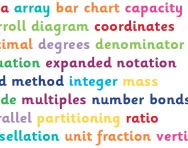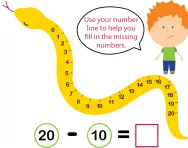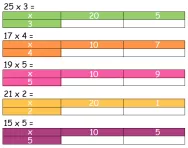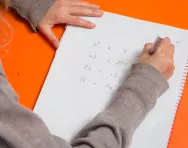TheSchoolRun.com closure date
As we informed you a few months ago, TheSchoolRun has had to make the difficult decision to close due to financial pressures and the company has now ceased trading. We had hoped to keep our content available through a partnership with another educational provider, but this provider has since withdrawn from the agreement.
As a result, we now have to permanently close TheSchoolRun.com. However, to give subscribers time to download any content they’d like to keep, we will keep the website open until 31st July 2025. After this date, the site will be taken down and there will be no further access to any resources. We strongly encourage you to download and save any resources you think you may want to use in the future.
In particular, we suggest downloading:
- Learning packs
- All the worksheets from the 11+ programme, if you are following this with your child
- Complete Learning Journey programmes (the packs below include all 40 worksheets for each programme)
You should already have received 16 primary school eBooks (worth £108.84) to download and keep. If you haven’t received these, please contact us at [email protected] before 31st July 2025, and we will send them to you.
We are very sorry that there is no way to continue offering access to resources and sincerely apologise for the inconvenience caused.
What is 'scaffolding' learning?
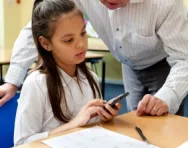
What is 'scaffolding' learning?
When teachers talk about 'scaffolding' learning, this means providing some kind of framework on paper that will support a child in learning a particular skill.

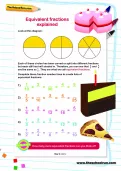
Start a unique learning programme!
- Weekly programme for each school year
- Worksheets sent direct to your inbox
- Keeps your child's learning on track
Examples of this in literacy could include:
- 'Cloze procedure', where a child is given a sentence and needs to fill in the missing words with their own words, for example they may be asked to put two adjectives into this sentence:
I saw a __________, ___________ dog.
- Writing frames where a child is given a sheet with demarcated sections and prompts to enable them to lay their writing out in a particular way and include particular features.
Examples of this in numeracy could include:
- When learning to subtract on a number line, providing children with a ready-drawn number line to make the process of finding the difference clear:
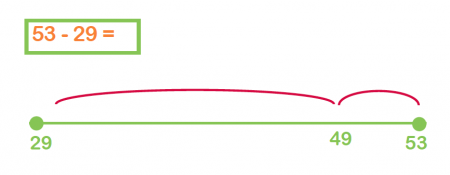
- Providing the children with a ready-drawn grid when they are learning to multiply using the grid method:

It is important for teachers to be perceptive when considering which children need to have scaffolding provided for the learning and which are able to work independently without this. Scaffolding is an important tool in providing children with the support that helps them to build their confidence so that they can move onto setting out their learning without this aid.




